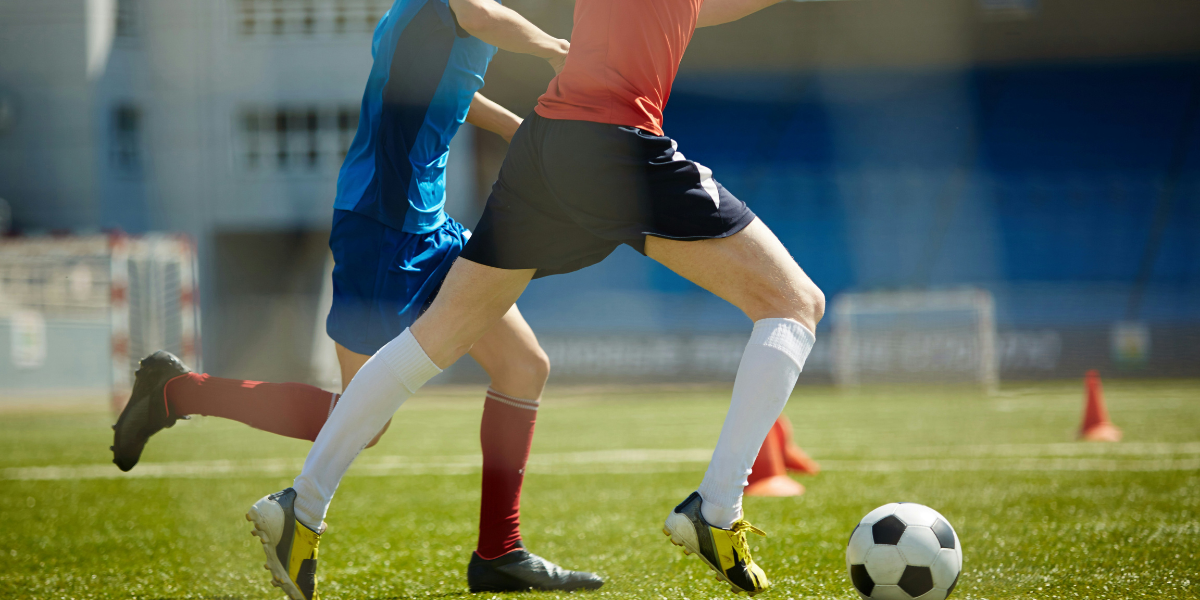Outdoor sports have long relied on predictable weather patterns and stable natural environments. However, as climate change accelerates, the conditions essential for many activities are undergoing significant shifts. From skiing on powdery slopes to hiking in lush, shaded trails, enthusiasts are finding their experiences altered. These changes are subtle at first glance but have profound effects on athletes, recreational participants, and sports industries alike.
Understanding how climate variability impacts outdoor sports reveals the complex interplay between our environment and recreational pursuits. This relationship underscores the importance of preserving the very spaces that make these activities possible.
Read also: When Winning Isn’t Everything: The Darker Side of Youth Sports
Why Are Winter Sports Facing an Uncertain Future?
Winter sports like skiing, snowboarding, and ice skating are among the most visibly affected by rising global temperatures. Warmer winters and unpredictable snowfall have shortened ski seasons in many regions. In areas traditionally known for reliable snow coverage, athletes now encounter slushy or icy conditions that hinder performance and pose safety risks.
Scientific studies highlight that glaciers, essential for high-altitude winter sports, are melting at alarming rates. Resorts dependent on these glaciers are struggling to maintain operations, often resorting to artificial snowmaking. However, this temporary fix comes with its own challenges. It requires significant energy and water resources, further contributing to environmental strain.
The emotional toll on communities relying on winter sports is also evident. These areas often depend on seasonal tourism for economic stability, and climate-induced disruptions threaten livelihoods.
Can Water Sports Thrive Amid Rising Sea Levels?
For sports like surfing, kayaking, and sailing, water is central to the experience. But climate change is reshaping the coastlines and aquatic ecosystems these activities rely on. Rising sea levels and coastal erosion are narrowing beaches, leaving less space for both athletes and spectators. In some regions, extreme storms have rendered popular spots unsafe for water sports, forcing participants to seek alternatives.
Ocean temperatures are another factor altering conditions. Warmer waters affect wave patterns and coral reefs, crucial for creating ideal surfing conditions. Coral bleaching, for instance, destroys underwater ecosystems that surfers and snorkelers enjoy, making such destinations less appealing.
Beyond physical changes, water contamination from runoff and pollution after heavy rains is becoming increasingly common. Athletes are at risk of exposure to harmful bacteria, which can deter participation and even lead to health crises in affected areas.
How Do Heatwaves Impact Outdoor Running and Cycling?
The increasing frequency and intensity of heatwaves are posing challenges for endurance sports like running, cycling, and triathlons. High temperatures not only affect performance but also raise safety concerns. For instance, excessive heat can lead to dehydration, heatstroke, and cardiovascular strain, which can be life-threatening if left unaddressed.
Athletes and event organizers are adapting by altering schedules and routes to mitigate the risks of heat exposure. Morning and evening races have become more common, but these adjustments are not without complications. Changing an event’s timing or location often involves logistical hurdles and increased costs.
Urban settings, popular for marathons and cycling events, also contribute to the problem. Concrete surfaces amplify heat, creating “urban heat islands” that make activities even more taxing. This phenomenon highlights the need for green spaces in cities to provide shade and cooling effects, ensuring outdoor sports remain accessible.
What Role Does Air Quality Play in Athletic Performance?
Air pollution, an often-overlooked consequence of climate change, directly affects athletic performance. Outdoor sports require increased oxygen intake, making athletes more vulnerable to polluted air. Poor air quality, often caused by wildfires or industrial emissions, can lead to respiratory issues and long-term health concerns.
In recent years, the rise of wildfires in regions like the western United States has led to the cancellation of events ranging from soccer matches to ultra-marathons. Thick smoke and ash not only reduce visibility but also make breathing hazardous. These disruptions highlight the fragility of outdoor sports in the face of environmental disasters.
Athletes in urban areas face similar struggles. Persistent air pollution has forced many to reconsider their training routines, with some opting for indoor alternatives to avoid harmful exposure. While these adjustments are practical, they compromise the essence of outdoor sports, which is deeply tied to nature.
How Are Ecosystem Changes Shaping Hiking and Climbing?
Hiking and climbing enthusiasts often cherish the opportunity to connect with pristine natural landscapes. Yet, these activities are increasingly impacted by ecosystem disruptions caused by climate change. Rising temperatures have led to the migration of plant and animal species, altering the biodiversity that many hikers and climbers seek to experience.
In mountainous regions, melting permafrost poses a safety risk for climbers. Unstable rock faces and collapsing ice make routes more dangerous and less predictable. Similarly, changes in weather patterns have increased the likelihood of sudden storms, forcing climbers to abandon expeditions prematurely.
Trail conditions are also deteriorating due to excessive rainfall and erosion. Once well-maintained paths are now riddled with hazards, making them inaccessible for many outdoor enthusiasts. For those who do venture out, the experience is often accompanied by concerns about safety and sustainability.
Can Sports Adapt to These Environmental Challenges?
While the challenges are significant, outdoor sports are evolving to adapt to the realities of climate change. Innovations in equipment and clothing are helping athletes perform in extreme conditions. Eco-conscious brands are developing gear that minimizes environmental impact while enhancing safety and comfort.
Sports organizers are also rethinking their approach. Sustainable event practices, such as reducing waste and promoting public transportation, are becoming more common. Some have even embraced virtual alternatives, like online races, to maintain participation while minimizing environmental strain.
Education plays a vital role in fostering resilience. By raising awareness about the connection between outdoor sports and climate change, athletes and enthusiasts can advocate for policies that protect natural spaces. These collective efforts ensure that future generations can continue to enjoy the activities that inspire millions today.
Read also: Careers in Sports Management: Finding the Right Path
Why Should This Matter to Everyone?
The impact of climate change on outdoor sports extends beyond athletes and enthusiasts. These activities connect people with nature, promote health and well-being, and foster a sense of community. As such, the loss or alteration of these experiences affects society as a whole.
Recognizing the hidden effects of climate change on outdoor sports underscores the need for collective action. Whether by reducing carbon footprints, supporting conservation efforts, or reimagining how we engage with these activities, everyone has a role to play. Together, these efforts can ensure that the joy of outdoor sports endures, even in the face of an ever-changing climate.








